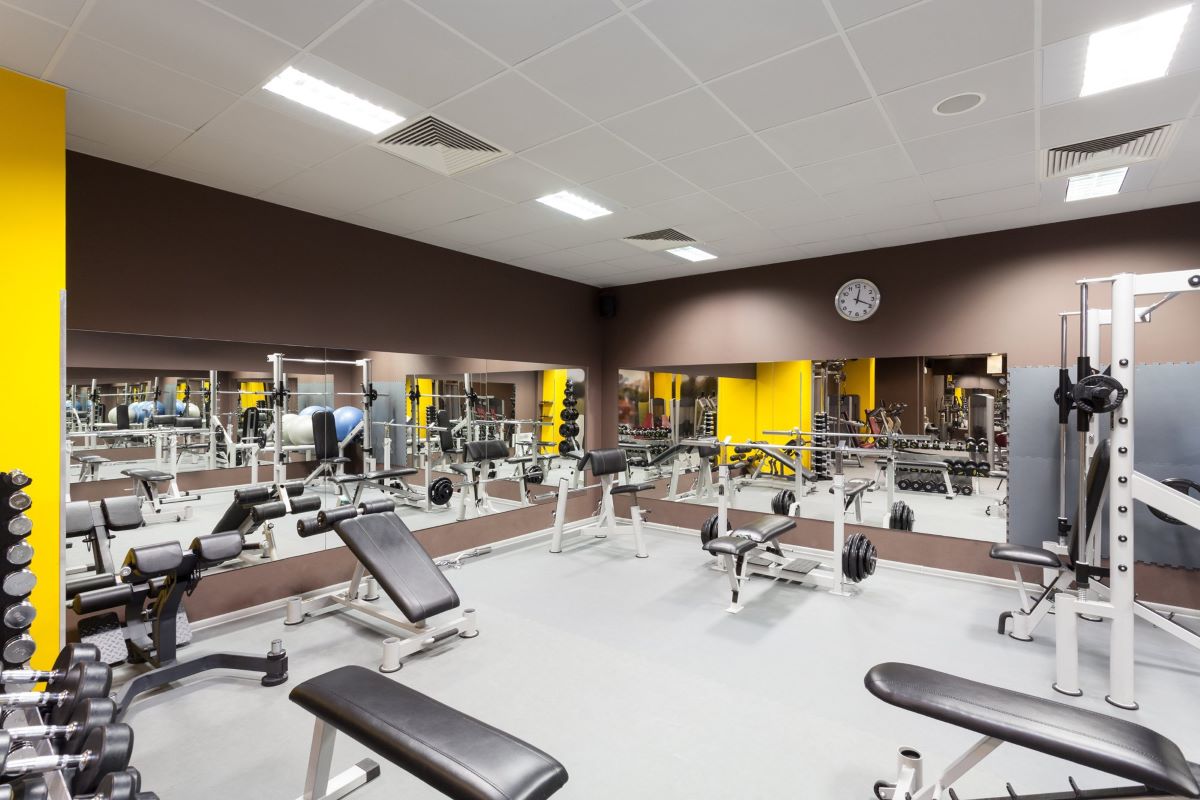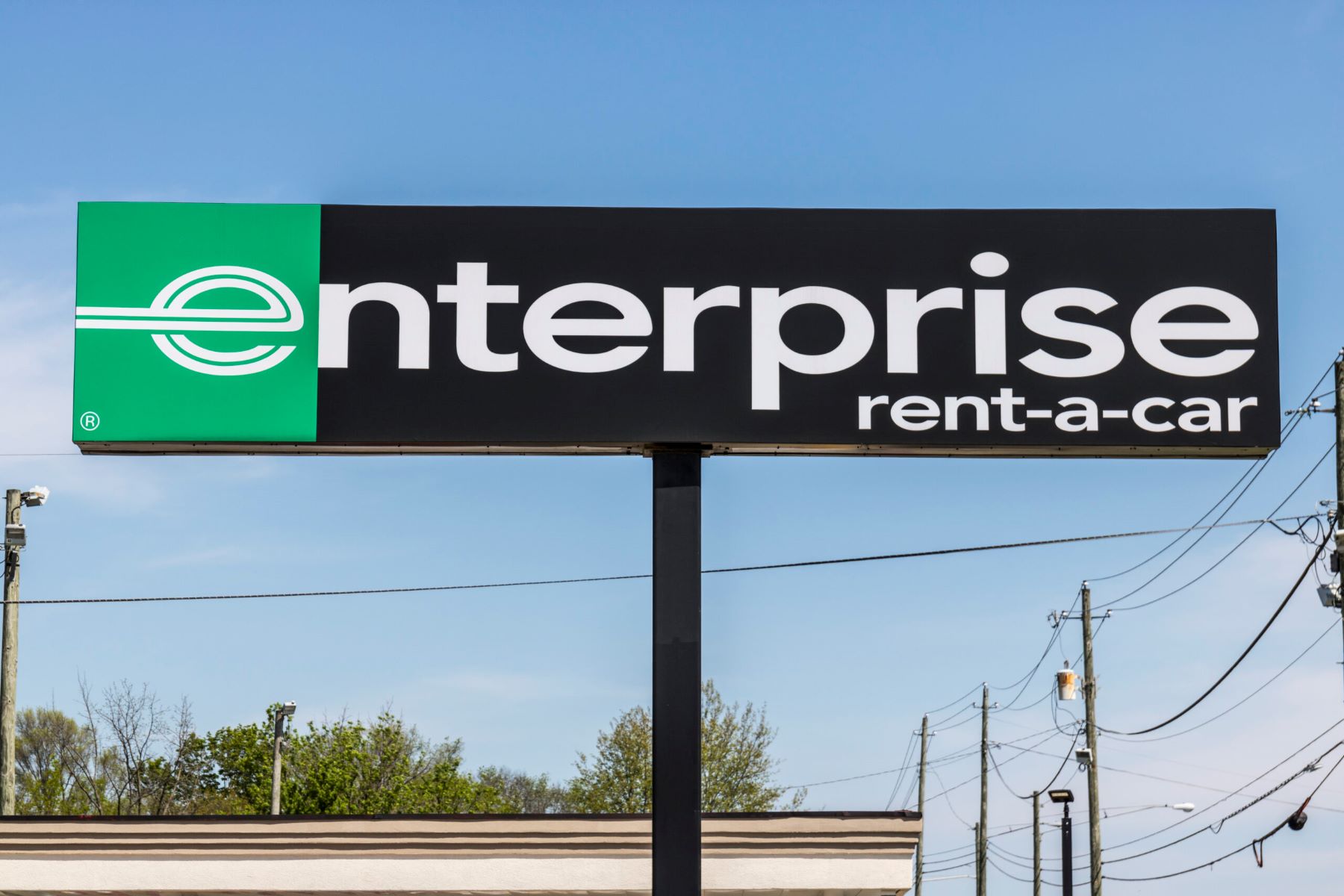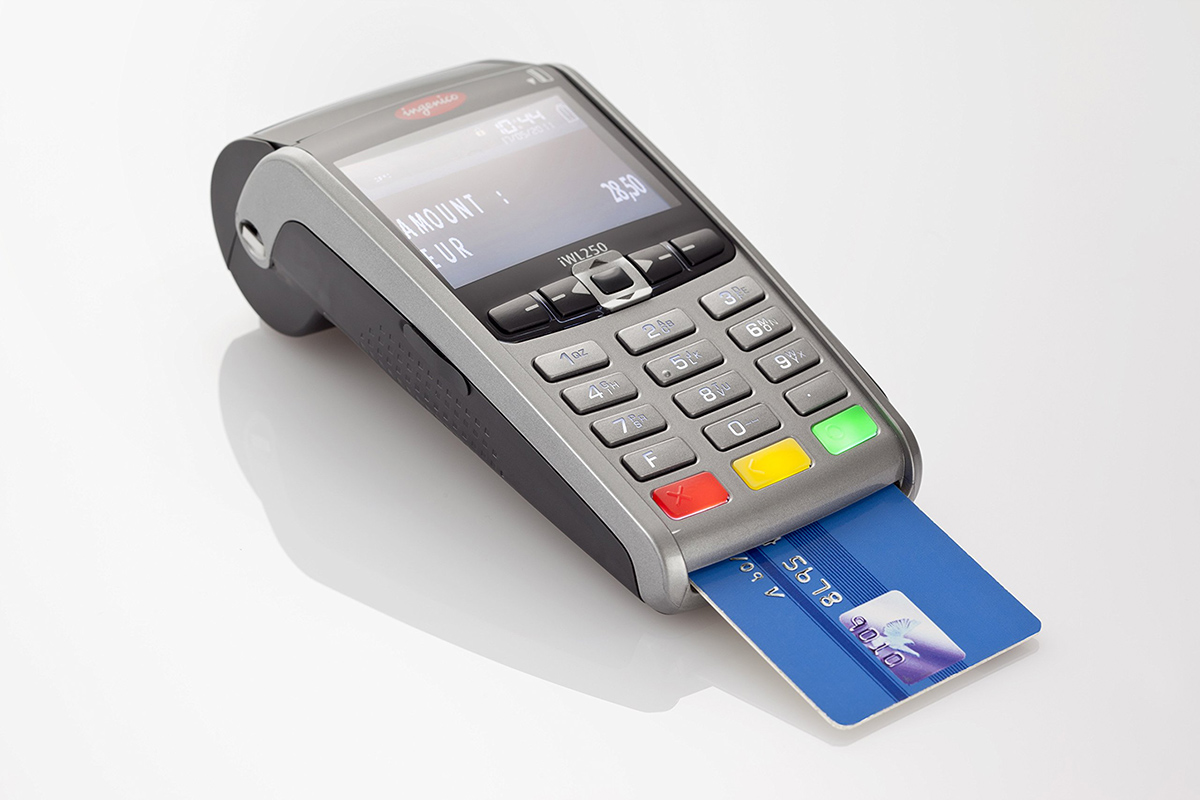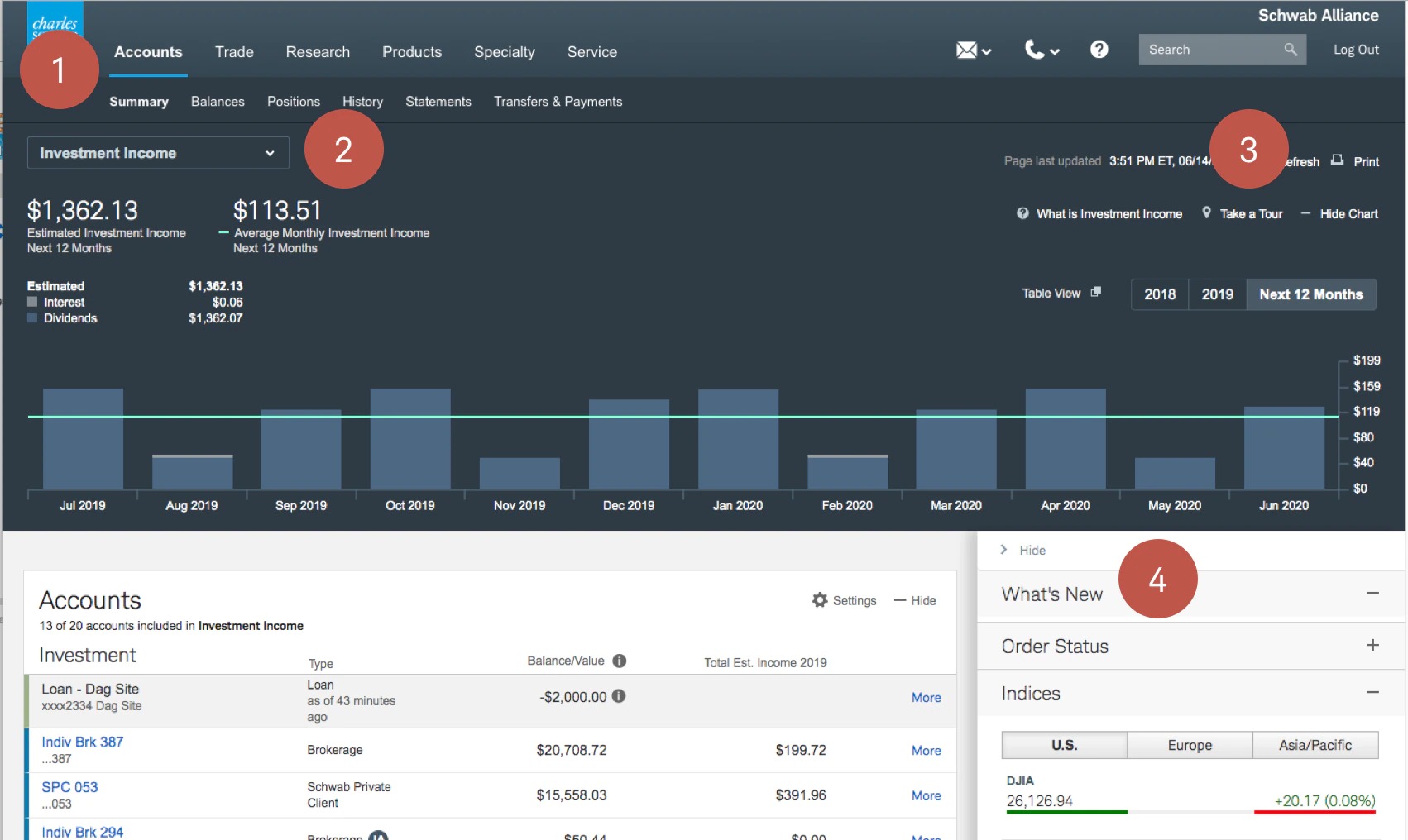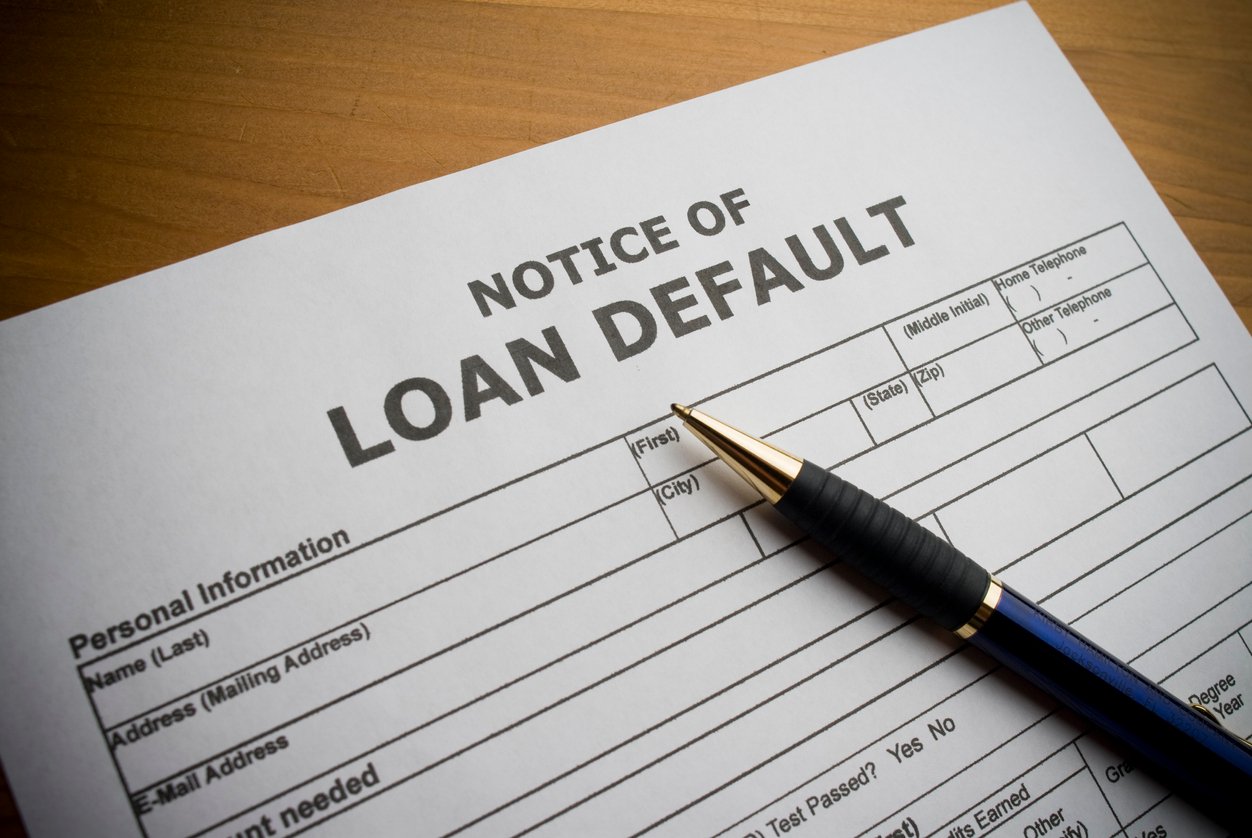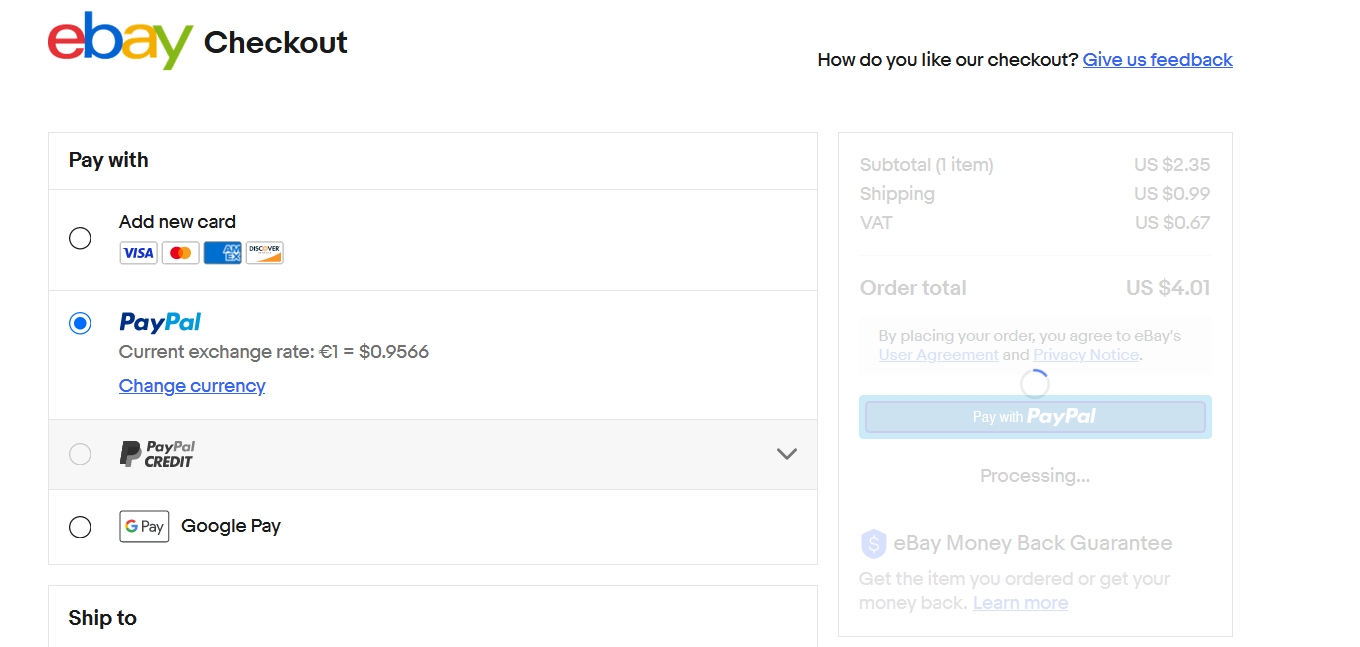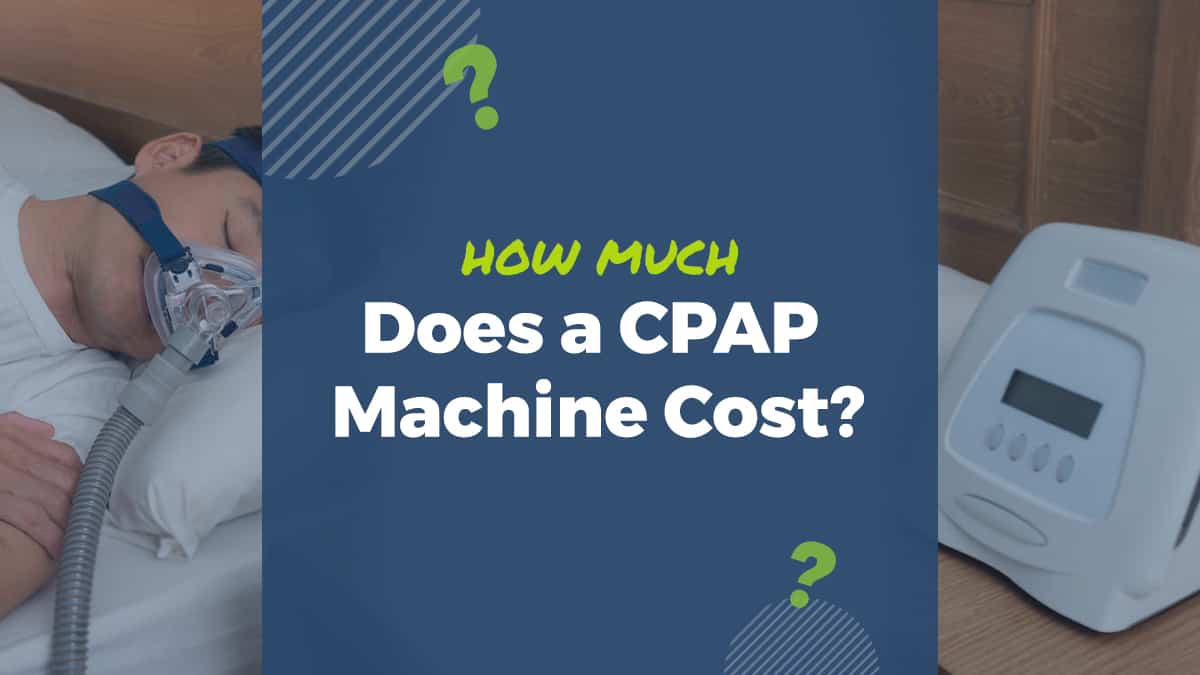

Finance
How Much Are CPAP Machines With Insurance?
Published: November 8, 2023
Find out the cost of CPAP machines with insurance and manage your finance effectively. Explore affordable options to support your sleep apnea treatment.
(Many of the links in this article redirect to a specific reviewed product. Your purchase of these products through affiliate links helps to generate commission for LiveWell, at no extra cost. Learn more)
Table of Contents
Introduction
CPAP (Continuous Positive Airway Pressure) machines are commonly prescribed for individuals suffering from sleep apnea, a condition characterized by interrupted breathing during sleep. These machines work by delivering a steady flow of air pressure, keeping the airway open and allowing the person to breathe effortlessly throughout the night. Using a CPAP machine on a regular basis can help improve sleep quality, reduce daytime fatigue, and mitigate the health risks associated with untreated sleep apnea.
However, the cost of a CPAP machine can be a concern for many individuals. This is where insurance coverage comes into play. The good news is that in most cases, health insurance plans provide coverage for CPAP machines, as they are considered a vital medical device for treating sleep apnea. Understanding how much CPAP machines cost with insurance can help you plan ahead and make informed decisions about your healthcare expenses.
In this article, we will provide an overview of CPAP machines, delve into the details of insurance coverage for CPAP machines, discuss the factors that can affect the cost of CPAP machines with insurance, and offer tips on reducing CPAP machine expenses. By the end, you will have a better understanding of the financial aspects of obtaining and maintaining a CPAP machine.
Understanding CPAP Machines
To fully grasp the cost implications of CPAP machines with insurance, it’s important to understand what these devices entail. CPAP machines consist of a main unit that houses a motor, a humidifier, a mask or nasal pillows, and tubing. The motor generates a continuous flow of pressurized air, while the humidifier adds moisture to prevent dryness and irritation.
The mask or nasal pillows are worn over the nose or mouth to deliver the pressurized air, ensuring that the airway remains open and unobstructed during sleep. These masks come in various styles and sizes to accommodate different facial structures and preferences. It’s essential to find the right fit and design to ensure comfort and efficacy while using the CPAP machine.
Additionally, CPAP machines may have advanced features such as expiratory pressure relief (EPR) to make breathing out more comfortable, heated humidification to reduce dryness, and data recording capabilities to monitor sleep patterns and adherence to treatment. These features can contribute to the overall cost of the CPAP machine.
It is worth noting that CPAP machines are classified as Class II medical devices by the U.S. Food and Drug Administration (FDA). This means that they require a prescription from a healthcare professional, such as a sleep specialist or pulmonologist, to obtain a CPAP machine. The prescription is based on the results of a sleep study that diagnoses the presence and severity of sleep apnea.
By understanding the components and functions of CPAP machines, you can appreciate why they are considered an essential tool in managing sleep apnea. With this understanding, let’s explore how insurance coverage plays a role in obtaining a CPAP machine and how it can impact the overall cost for individuals.
Overview of Insurance Coverage for CPAP Machines
Insurance coverage for CPAP machines varies depending on the type of insurance plan you have. In general, most health insurance policies do cover CPAP machines and related supplies as they are recognized as medically necessary equipment for managing sleep apnea.
When it comes to insurance coverage, there are several key points to consider:
- Deductibles: Like most medical expenses, CPAP machines are subject to deductibles. This means that you will need to meet a certain amount of out-of-pocket expenses before your insurance starts covering the cost. Deductibles can vary depending on your insurance plan, so it’s important to check your policy for specific details.
- Copayments and Coinsurance: Once you have met your deductible, you may still be responsible for copayments or coinsurance. Copayments are fixed amounts that you have to pay for each CPAP-related visit or supply, while coinsurance is a percentage of the cost that you are responsible for.
- In-Network Providers: Insurance plans often have a network of preferred providers. To maximize insurance coverage, it’s advisable to seek CPAP machines and related services from in-network providers. Visiting an out-of-network provider may result in higher out-of-pocket expenses or even partial or no coverage.
- Preauthorization: Some insurance plans require preauthorization for CPAP machines. This means that you need approval from your insurance provider before obtaining the equipment. The preauthorization process typically involves submitting documentation such as sleep study results and a prescription from your healthcare provider.
- Supply Replacements: In addition to the initial cost of the CPAP machine, insurance plans typically cover the cost of replacement supplies such as masks, tubing, and filters. The frequency of supply replacements may vary depending on your insurance policy.
It’s important to review your specific insurance policy to understand the coverage details and any limitations or requirements. Contacting your insurance provider directly can help clarify any questions and help you navigate the process of obtaining a CPAP machine.
Now that we have an overview of insurance coverage for CPAP machines, let’s explore the factors that can influence the cost of CPAP machines with insurance.
Factors Affecting CPAP Machine Cost with Insurance
The cost of a CPAP machine with insurance can vary based on several factors. Understanding these factors can help you anticipate potential expenses and make informed decisions. Here are the key factors that can affect the cost:
- Insurance Coverage Level: Different insurance plans offer varying levels of coverage for CPAP machines. Some plans may cover the full cost of the machine, while others may require you to pay a certain percentage or copayment. Knowing the details of your insurance coverage can give you an idea of how much you may be responsible for.
- Brand and Model: CPAP machines come in different brands and models, each with its own features and price points. While insurance plans typically cover the cost of a basic CPAP machine, higher-end models or machines with advanced features may have additional out-of-pocket expenses.
- Supplier or Durable Medical Equipment (DME) Provider: The choice of the supplier or DME provider can also impact the cost of a CPAP machine with insurance. In-network providers often have pre-negotiated rates with insurance companies, which can result in lower out-of-pocket costs for the patient. It’s essential to check if your insurance plan has preferred suppliers or DME providers to take advantage of potential cost savings.
- Additional Supplies and Accessories: CPAP machines require regular replacement of supplies such as masks, tubing, filters, and humidifier chambers. Insurance plans typically cover the cost of these replacement supplies, but the frequency of replacements and the specific items covered may vary. It’s crucial to understand the details of your insurance plan to budget for ongoing supply expenses.
- Location and Provider Network: The cost can also be influenced by your geographical location and the provider network available to you. Healthcare costs can vary significantly between regions, and accessing care from providers within your network can result in more favorable reimbursement rates.
It’s important to note that even with insurance coverage, there may still be some out-of-pocket expenses associated with obtaining a CPAP machine. These expenses can include deductibles, copayments, and coinsurance. It’s advisable to review your insurance policy, consult your insurance provider, and compare costs from different suppliers to ensure you are getting the best value.
Now that we understand the factors that can affect the cost of CPAP machines with insurance, let’s explore the average cost range you can expect.
Average Cost of CPAP Machines with Insurance
The cost of a CPAP machine with insurance can vary depending on factors such as your insurance coverage, the specific brand and model of the machine, and the supplier or DME provider you choose. While insurance plans typically cover a portion of the cost, it’s important to have a realistic expectation of the potential expenses you may incur. Here is an overview of the average cost range you can expect:
- Basic CPAP Machines: Basic CPAP machines, without any advanced features or additional accessories, can range in price from $500 to $800. Insurance plans generally cover a portion of this cost, leaving you responsible for the deductible, copayment, or coinsurance.
- Auto-Adjusting CPAP Machines: Auto-adjusting CPAP machines, also known as APAP machines, feature the ability to automatically adjust the air pressure based on your breathing patterns throughout the night. These machines are generally priced higher than basic CPAP machines. The average cost for an auto-adjusting CPAP machine is around $800 to $1,500, depending on the brand and model.
- Bilevel Positive Airway Pressure (BiPAP) Machines: BiPAP machines are designed for individuals who require higher pressure settings or have difficulty exhaling against continuous pressure. These machines come with a higher price tag compared to basic CPAP machines. The average cost for a BiPAP machine is around $1,000 to $2,500, depending on the features and brand.
It’s worth noting that the prices mentioned above are average estimates and can vary based on factors such as geographical location, the specific insurance plan, and supplier pricing. Remember to consult your insurance policy and reach out to your insurance provider to understand your coverage and potential out-of-pocket costs.
Additionally, it’s important to factor in the cost of replacement supplies and accessories such as masks, tubing, filters, and humidifier chambers. While insurance plans typically cover the cost of these supplies, the frequency of replacements and the specific items covered may vary. Budgeting for ongoing supply expenses can help you plan and manage your overall CPAP machine costs.
Now that we have an understanding of the average cost range for CPAP machines with insurance, let’s explore some tips for reducing CPAP machine costs.
Tips for Reducing CPAP Machine Costs with Insurance
While the cost of CPAP machines with insurance can add up, there are several strategies you can implement to reduce your expenses and make the most of your coverage. Consider the following tips to help minimize CPAP machine costs:
- Check Your Insurance Policy: Review your insurance policy to understand the specific coverage details and any limitations or requirements for CPAP machines. This will help you navigate the insurance process more effectively and avoid any unexpected expenses.
- Choose In-Network Providers: Opt for suppliers or Durable Medical Equipment (DME) providers that are in-network with your insurance plan. In-network providers often have pre-negotiated rates with insurance companies, which can result in lower out-of-pocket costs for you. Check with your insurance provider for a list of preferred providers in your area.
- Shop Around: Don’t settle for the first supplier or DME provider you come across. Shop around and compare prices from different suppliers to ensure you are getting the best deal. However, keep in mind that cost should not be the sole determining factor – quality, customer service, and reputation are also important considerations.
- Consider Used or Refurbished Machines: If you’re comfortable with the idea, you may explore the option of purchasing a used or refurbished CPAP machine. These machines are typically more affordable and can still provide effective treatment when properly cleaned and maintained. Before purchasing a used or refurbished machine, ensure that it is fully functional and check with your insurance provider for any restrictions or requirements.
- Take Advantage of Insurance Benefits: Familiarize yourself with your insurance benefits related to CPAP machines. Some insurance plans offer discounts or incentives for using durable medical equipment providers within their network. Additionally, some plans may provide coverage for sleep therapy programs or educational resources to help you adjust to using the CPAP machine effectively.
- Maintain Regular Care and Maintenance: Proper maintenance of your CPAP machine can help prolong its lifespan and minimize the need for costly repairs or replacements. Follow the manufacturer’s guidelines for cleaning and replacing supplies, and ensure that you regularly clean and sanitize your machine to prevent any issues or malfunctions.
By implementing these tips, you can optimize your insurance coverage and reduce the overall cost of owning and maintaining a CPAP machine. Remember to stay proactive and communicate with your insurance provider and healthcare professionals to ensure you are taking full advantage of your benefits.
As a concluding note, CPAP machines are valuable tools in managing sleep apnea, and by understanding the financial aspects and exploring cost-saving measures, you can make CPAP therapy more affordable and accessible.
Conclusion
CPAP machines are essential devices for individuals suffering from sleep apnea, helping to improve sleep quality and mitigate health risks. However, the cost of CPAP machines can be a concern for many people. Understanding insurance coverage for CPAP machines is crucial to managing healthcare expenses.
In this article, we discussed the importance of CPAP machines and provided an overview of insurance coverage for these devices. We explored factors that can affect the cost of CPAP machines with insurance, such as insurance coverage level, brand and model, supplier, and additional supplies. Understanding these factors can help individuals anticipate potential expenses and make informed decisions.
We also discussed the average cost range for CPAP machines, including basic CPAP machines, auto-adjusting CPAP machines, and BiPAP machines. It’s essential to review your insurance policy and reach out to your insurance provider to understand your coverage and potential out-of-pocket costs.
To reduce CPAP machine costs, we provided tips such as checking your insurance policy, choosing in-network providers, shopping around, considering used or refurbished machines, and taking advantage of insurance benefits. These strategies can help individuals minimize their expenses and make CPAP therapy more affordable.
In conclusion, the cost of CPAP machines with insurance can vary based on various factors, but with careful planning, individuals can navigate the insurance process and make CPAP therapy more accessible and cost-effective. By understanding insurance coverage, exploring cost-saving options, and maintaining regular care and maintenance, individuals can optimize their CPAP machine experience and improve their sleep health.




